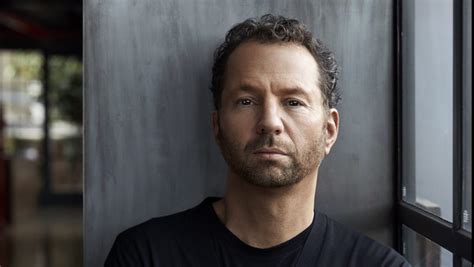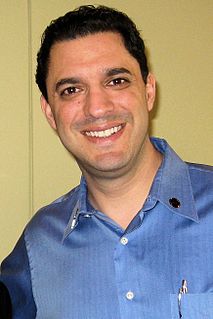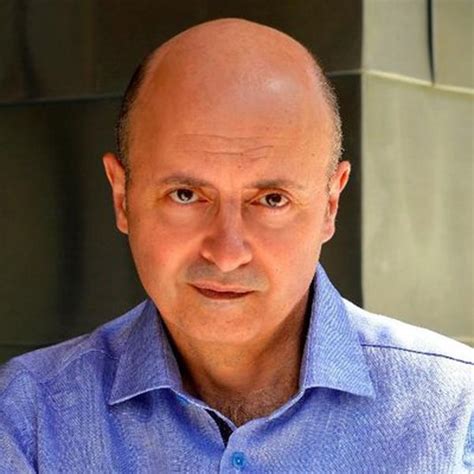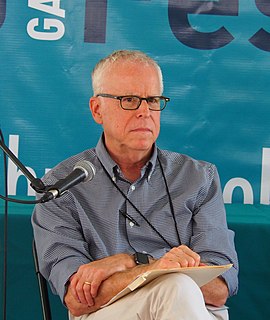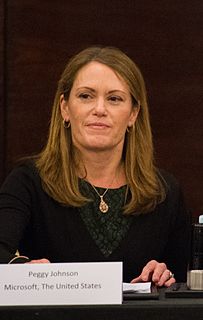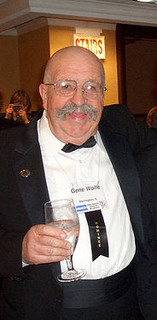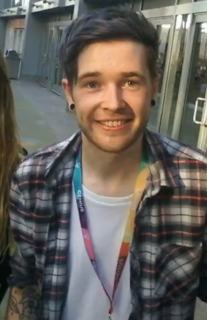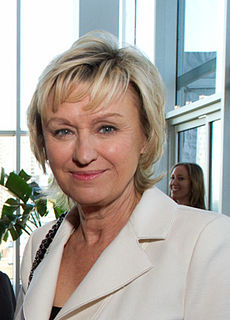A Quote by Michael Rapino
To be a great concert marketer, we are shifting our focus from traditional media to online and mobile as direct ways to reach consumers.
Related Quotes
There are fewer media writers in traditional settings. That is a beat that many legacy brands cannot afford. On the other hand technology writers are writing about media in ways they didn't before. As a consequence of the shift, there is less interest in many ways in the activities at some media. If you look at coverage of media as whole, the decision-making at the three broadcast networks and the cable channels, for instance, is much less of a focus than it once was. The guts of what goes on at Fox or CNN or MSNBC probably has less impact than it once did. It certainly gets less attention.
If old consumers were assumed to be passive, then new consumers are active. If old consumers were predictable and stayed where you told them, then new consumers are migratory, showing a declining loyalty to networks or media. If old consumers were isolated individuals, then new consumers are more socially connected. If the work of media consumers was once silent and invisible, then new consumers are now noisy and public.
Over the course of my career as an engineer-turned-tech evangelist, I've had the privilege of travelling the world and seeing the extraordinary impact of mobile on people and communities across a broad range of cultures and socio-economic strata. In many ways, mobile is a democratizing force. It empowers us. It inspires us. It extends our reach.
There is an interesting and new way to be excited about the fashion world today maybe. The traditional path of fashion as simple magazine images has dissolved - we are seeing new and innovative ways to share, create, and enjoy ideas. I am challenged to learn and explore paths of finding new photographers, stylists, and vision-makers online or through direct contact, connecting with ideas and creativity in new ways, and making images with different outlets. Sometimes more unbridled avenues and unconventional ways lead to things I wouldn't have thought of yet.
When we look at some of the greatest creative ideas we've come up with, they have originated literally from all corners of the world and have crossed all different types of media as well. So while there's still traditional TV, which is clearly a very compelling media, it's also cyber, mobile, outdoor.
